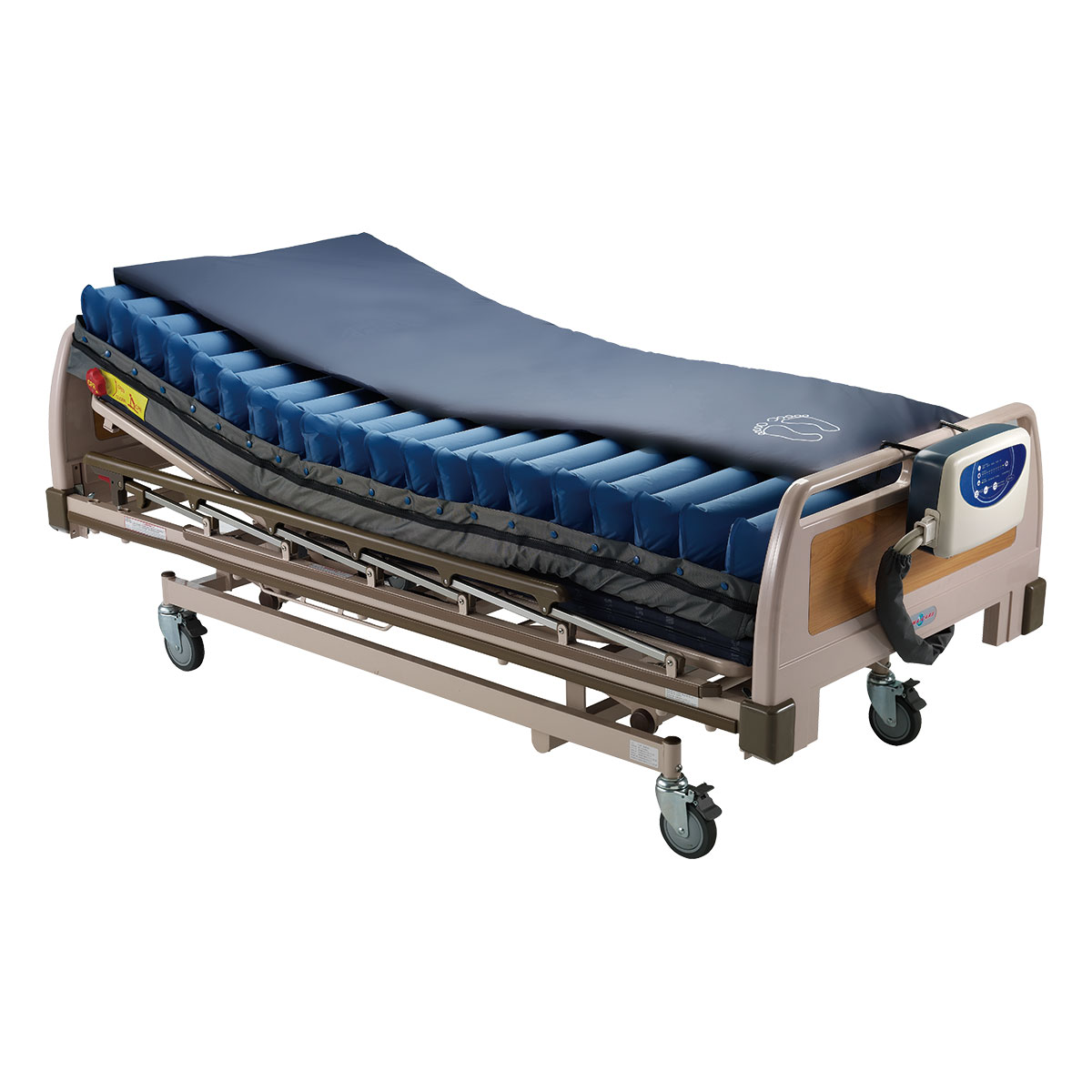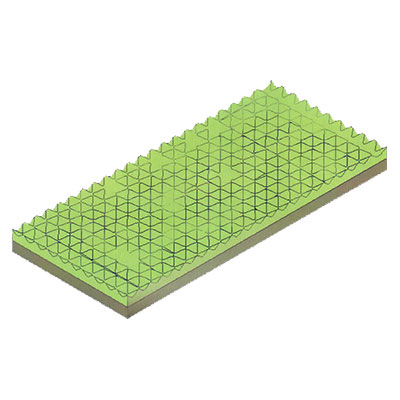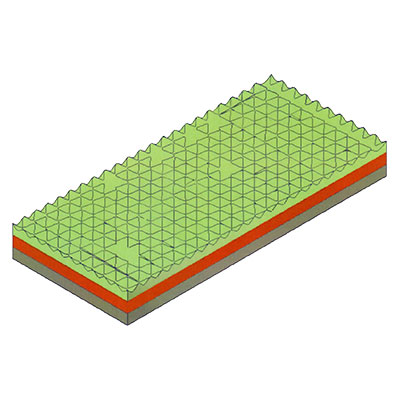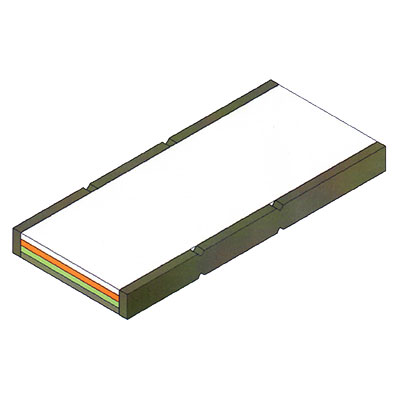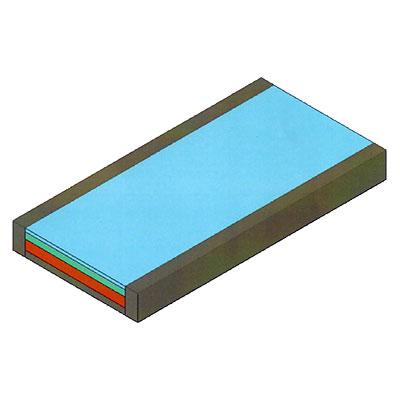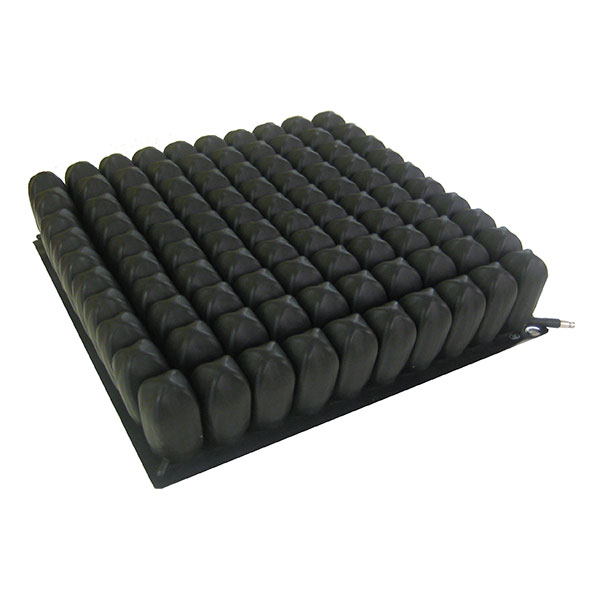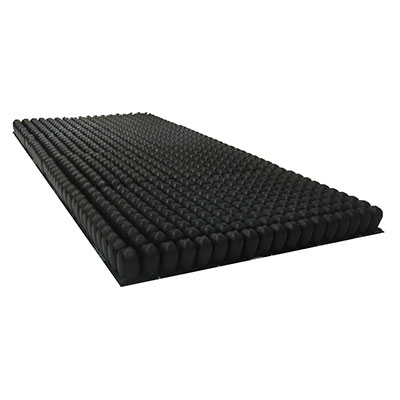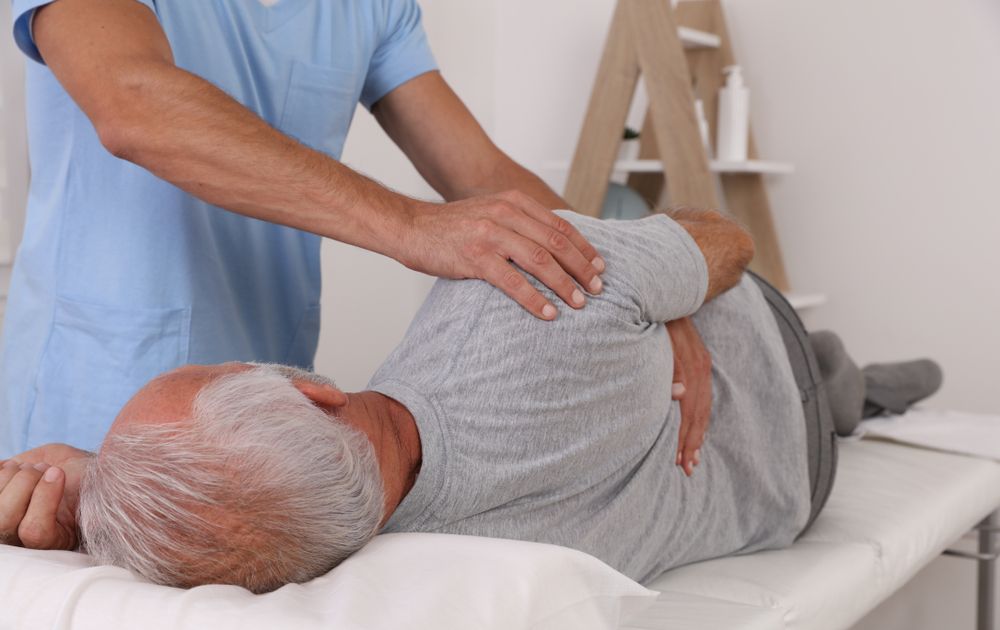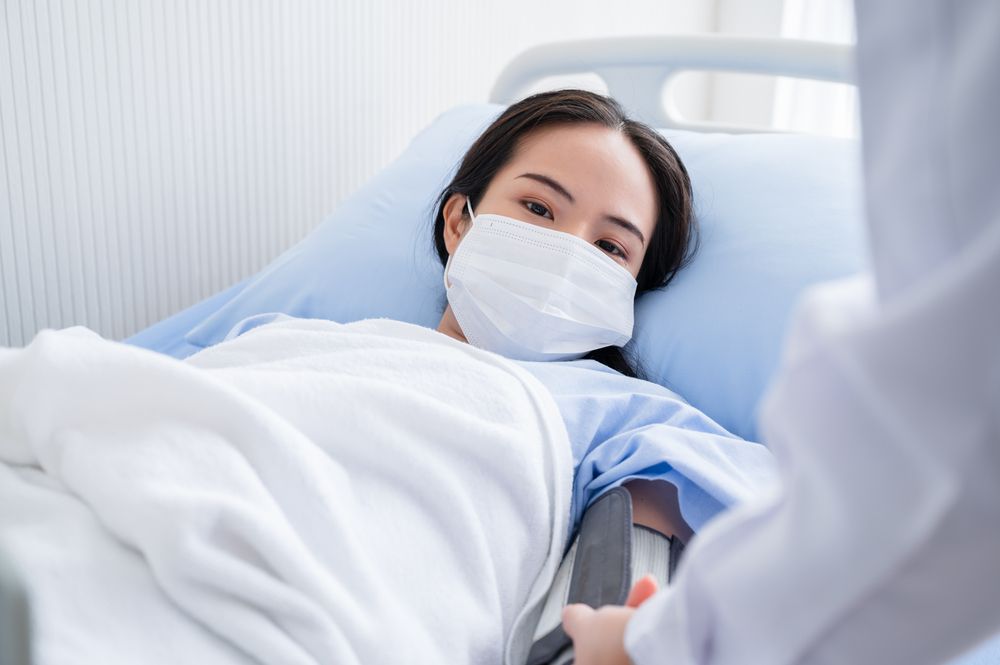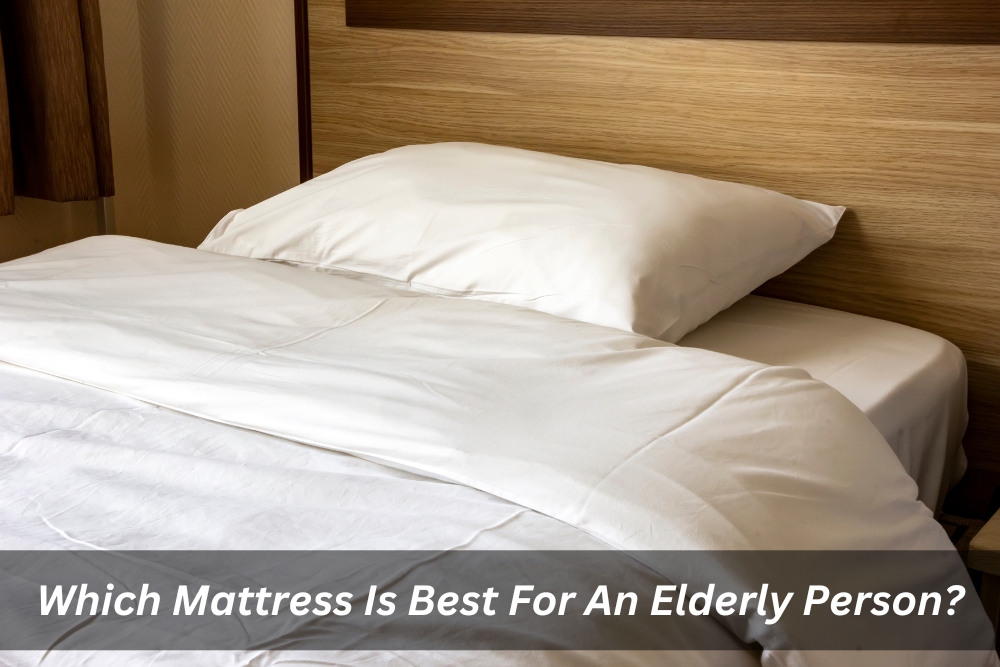In hospitals and nursing environments, the ultimate mattress is designed to provide maximum comfort and reduce pressure. It is specifically made for patients at a high risk of developing pressure injuries.
This mattress of Dunlop foam is constructed using 4 layers, all made in Australia.
To ensure hygiene, the mattress also incorporates Ultra-Fresh, an effective anti-microbial agent that prevents the formation of bacteria, fungi, moulds, and mildew.
Furthermore, the 4-layer fabric cover not only adds protection but also releases silver ions in a controlled manner to inhibit bacterial growth and maintain the patient’s well-being.



